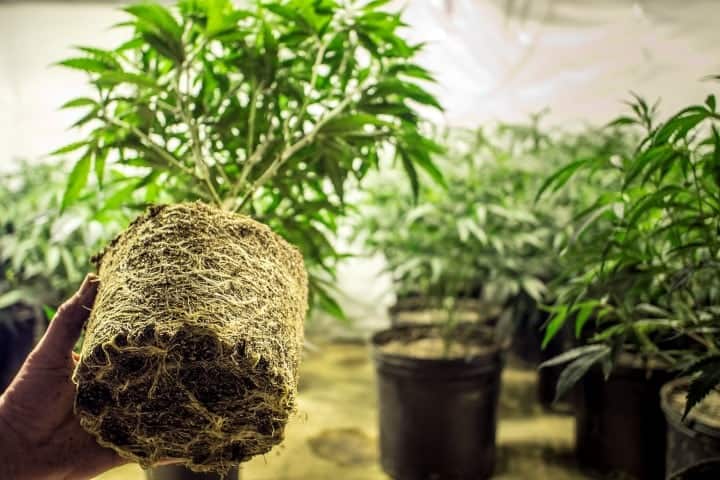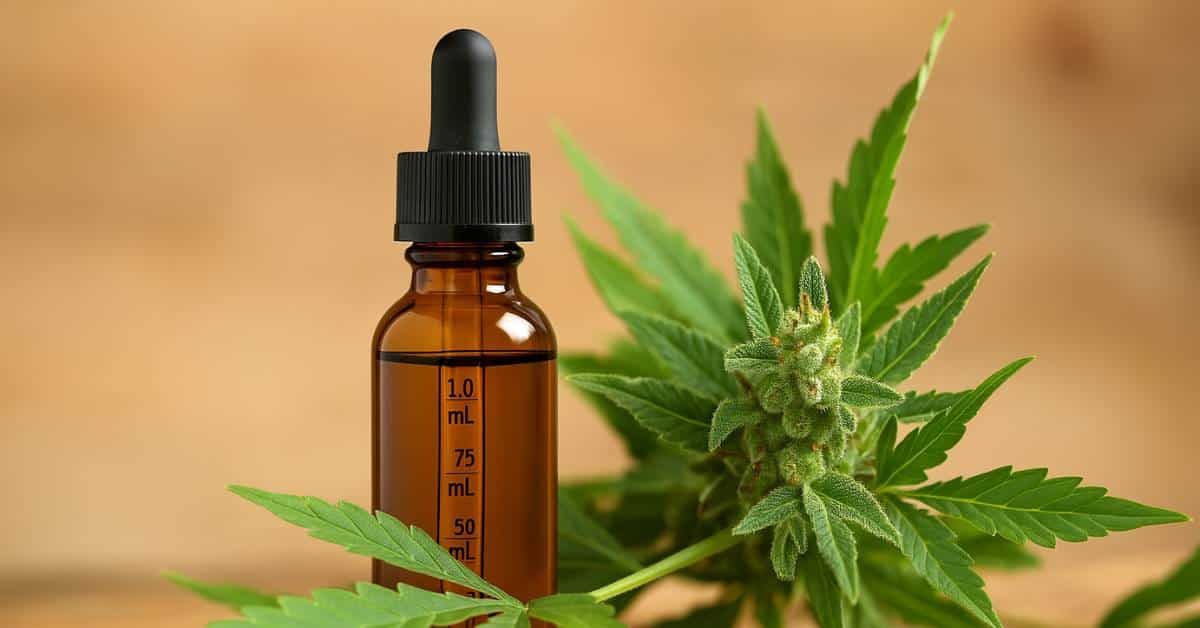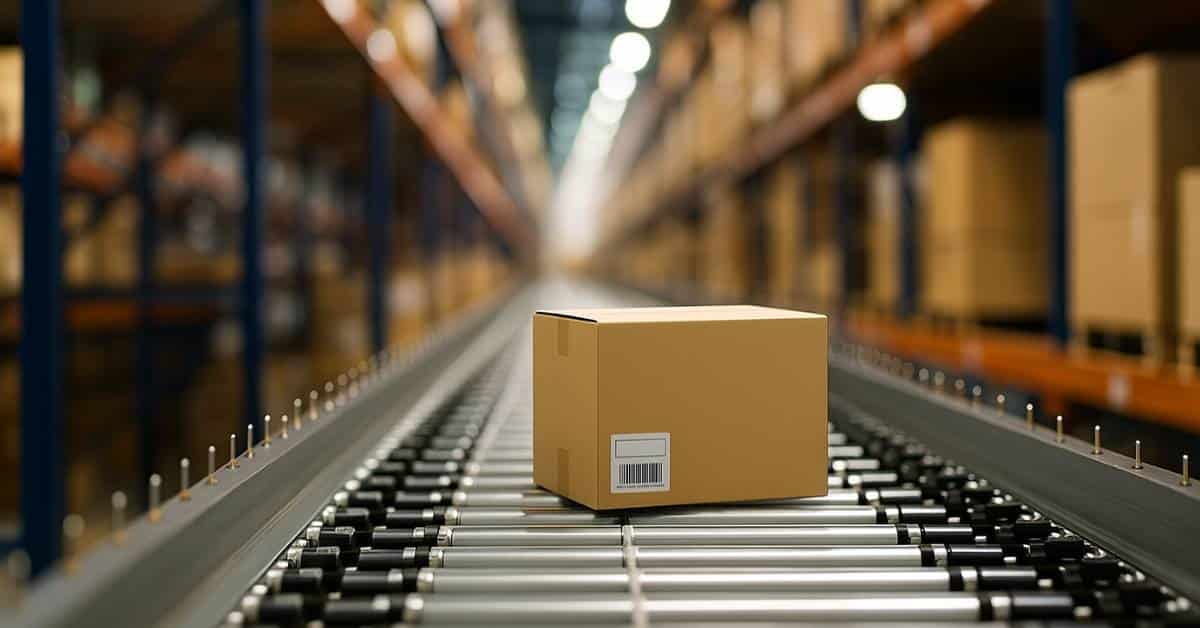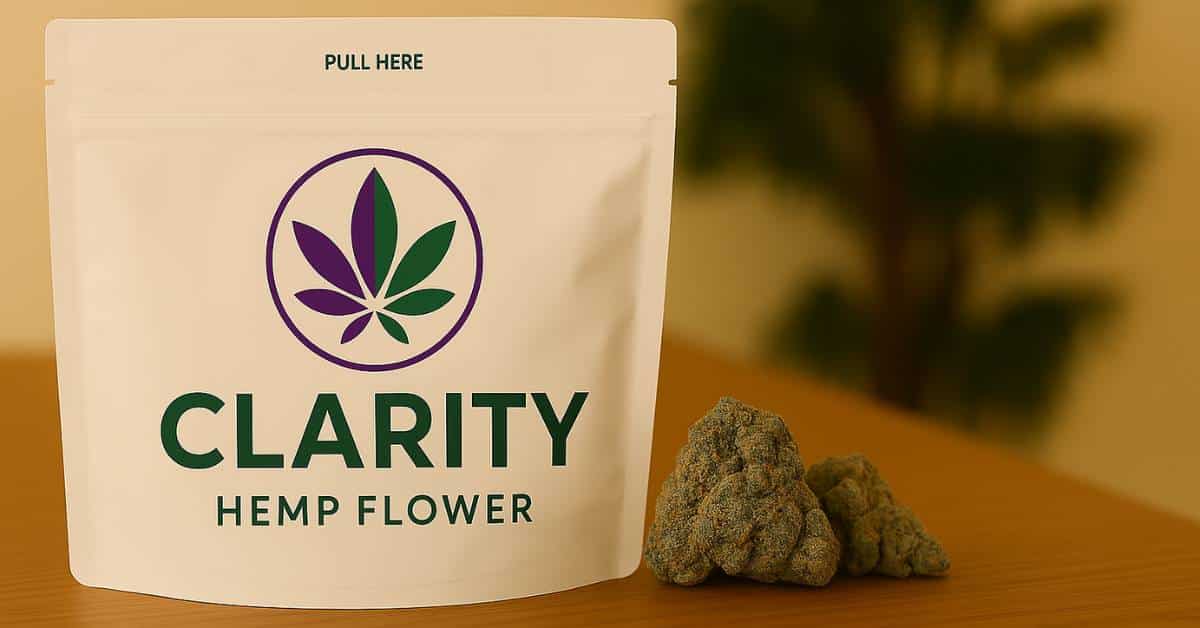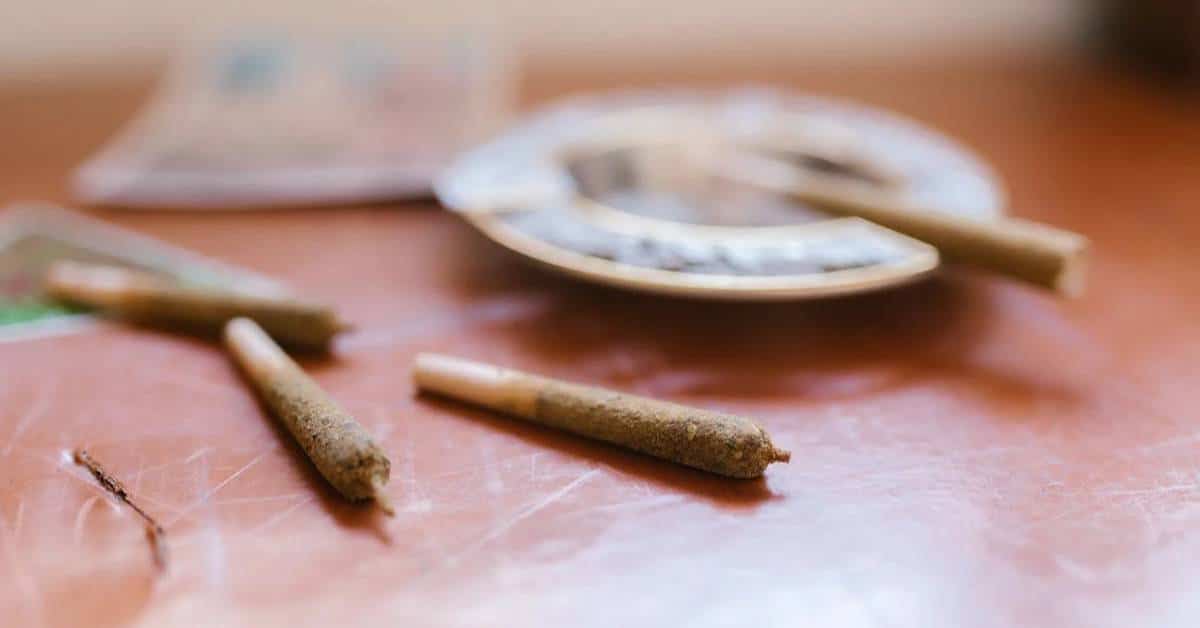As a cannabis cultivator looking to maximize yields during the crucial cannabis flowering stage, you need the proper nutrients to get the best quality and quantity from your plants. This guide will explore the key nutrients and fertilizers needed to produce bigger, more potent cannabis buds during flowering, covering everything from NPK ratios to micronutrients. We’ll also look at how nutrient needs change throughout the growing cycle, with a special focus on the cannabis flowering phase, and provide tips for optimizing your feeding regimen.
Cannabis flowering fertilizer basics
All fertilizers and plant nutrients are based around three main macronutrients: nitrogen (N), phosphorus (P) and potassium (K). These NPK values are always listed in that order on fertilizer packaging. For example, a 5-5-5 fertilizer contains equal parts nitrogen, phosphorus and potassium.
Cannabis plants require different nutrient ratios during various growth stages, especially as they transition into flowering:
- Vegetative stage – Higher nitrogen (N) for leafy growth
- Early cannabis flowering – Balanced NPK
- Late cannabis flowering – Higher phosphorus (P) and potassium (K) for bud development
According to cannabis experts, optimizing nutrients during cannabis flowering is one of the key factors for improving yields and potency. Let’s look at the role of each major nutrient during the flowering stage:
- Nitrogen (N) – Though indispensable for vegetative growth, the nitrogen needs decrease during flowering. Too much can delay bud formation.
- Phosphorus (P) – Essential for bud formation and increasing yields during cannabis flowering. Helps with energy transfer and root development.
- Potassium (K) – Regulates CO2 uptake and strengthens stems. Particularly important during flowering for bud development and plant health.
Beyond NPK, cannabis also needs secondary nutrients like calcium and magnesium, as well as micronutrients such as iron, manganese and zinc during the flowering stage. Using a high-quality complete nutrient system specially designed for cannabis flowering can help make sure your plants get everything they need.
The stages of cannabis plant growth & flowering
To properly feed your cannabis plants, it’s important to understand their growth cycle and changing nutrient requirements, especially during flowering:
- Germination (3-10 days) – Seeds need only water to sprout. Avoid fertilizer at this delicate stage.
- Seedling (2-3 weeks) – Young plants have limited nutrient needs. Use very diluted nutrient solution, if any at all.
- Vegetative (3-16 weeks) – Plants need higher nitrogen for leafy growth. Gradually increase nutrient strength.
- Cannabis flowering (6-12 weeks) – Switch to bloom nutrients with higher P and K ratios for bud development. This is the critical stage for producing big, potent buds.
- Flushing (1-2 weeks before harvest) – Use only plain water to remove excess nutrients from buds.
For an in-depth look at the cannabis growth cycle, including the flowering stage, check out our blog on Stages of Marijuana Growth.
Nutrient tips for healthier cannabis plants during flowering
Proper nutrition is key to growing high-quality cannabis, especially during the flowering stage. Here are some expert tips:
- Start with high-quality soil or growing medium. Our cannabis soil guide can help you choose the right option for optimal flowering.
- Invest in a pH meter and maintain proper pH levels (6.0-6.5 for soil, 5.5-6.5 for hydroponic systems) throughout the flowering stage.
- Begin with ¼ – ½-strength flowering nutrients and gradually increase to avoid nutrient burn.
- Watch for signs of deficiencies or excesses during cannabis flowering and adjust accordingly. Yellowing leaves often indicate nitrogen deficiency; burnt leaf tips can signal nutrient burn.
- Use Cal-Mag supplements to prevent calcium and magnesium deficiencies during flowering, especially when using filtered water.
- Consider organic nutrients and living soil for distinctive flavor profiles in your flowering cannabis.
When should you stop fertilizing during cannabis flowering?
As your cannabis plants near the end of their flowering cycle, it’s important to carefully time when to stop providing nutrients. This final stage, known as flushing, is key for producing high-quality, smooth-smoking buds.
Timing your flush
Generally, you should stop fertilizing and begin flushing about 1-2 weeks before harvest for soil-grown plants, and 5-7 days for hydroponic setups. However, the exact timing can vary depending on:
- Strain genetics (indica vs. sativa dominant)
- Growing medium (soil retains nutrients longer than hydro)
- Previous feeding schedule intensity
The flushing process
- Stop all nutrient feeding and switch to plain, pH-balanced water.
- Water your plants as usual, allowing excess water to drain freely.
- If using soil, you may need to water more frequently than usual to help wash out nutrients.
Why flushing matters
Flushing removes excess nutrients from the growing medium and plant tissues. This process:
- Improves flavor and smoothness of the final product
- Reduces harsh chemical tastes
- Promotes proper curing and burning of dried bud
Choosing the right nutrients for the cannabis flowering stage
With so many cannabis nutrient options available for the flowering stage, choosing the right products can be overwhelming. Here are some factors to consider:
- Growing medium (soil, coco, hydro)
- Grow style (organic vs. synthetic)
- Plant genetics and strain
- Specific needs during cannabis flowering
- Budget
For new growers, we recommend starting with a complete nutrient system specifically formulated for cannabis flowering. These kits typically include everything you need for each stage of growth, including specialized flowering nutrients.
More experienced cultivators may prefer to mix and match products or even create custom nutrient blends for their flowering cannabis. Every grow is unique, and it may take some experimentation to find the perfect feeding regimen for your setup and strains during the cannabis flowering stage.
Packaging & storing cannabis flowering nutrients
Proper storage is absolutely vital for maintaining the potency of your flowering nutrients. Most liquid nutrients should be stored in a cool, dark place and used within 1-2 years of opening. Powder nutrients generally have a longer shelf life but should still be kept in a dry area away from direct sunlight.
Always check the expiration dates on your cannabis flowering nutrients and replace them as needed. Using expired products can lead to unpredictable results and potentially harm your flowering plants.
For additional tips on storing cannabis and related products, see our guide on How to Store Cannabis for Longer Shelf Life.
Growing Success: Protect Your Premium Harvest
After investing so much care into perfecting your nutrients and maximizing yields during the flowering stage, protecting your finished product is equally important. The quality of your harvest deserves packaging that preserves its potency, aroma and overall quality.
For professional cultivators and dispensaries, we recommend exploring our comprehensive selection of cannabis packaging solutions:
- Our premium flip top containers provide airtight storage perfect for preserving fresh flower
- Child-resistant pop top bottles offer both security and convenience
- Various flower packaging options to suit different strain quantities and storage needs
When you’re ready to package your premium harvest, browse our complete collection of professional-grade cannabis packaging solutions. Give your premium flower the professional packaging it deserves. Your customers will appreciate the difference in quality and freshness.



